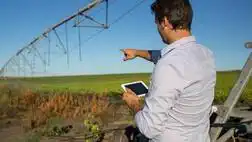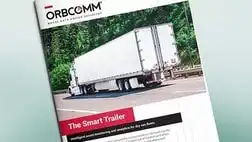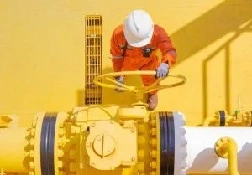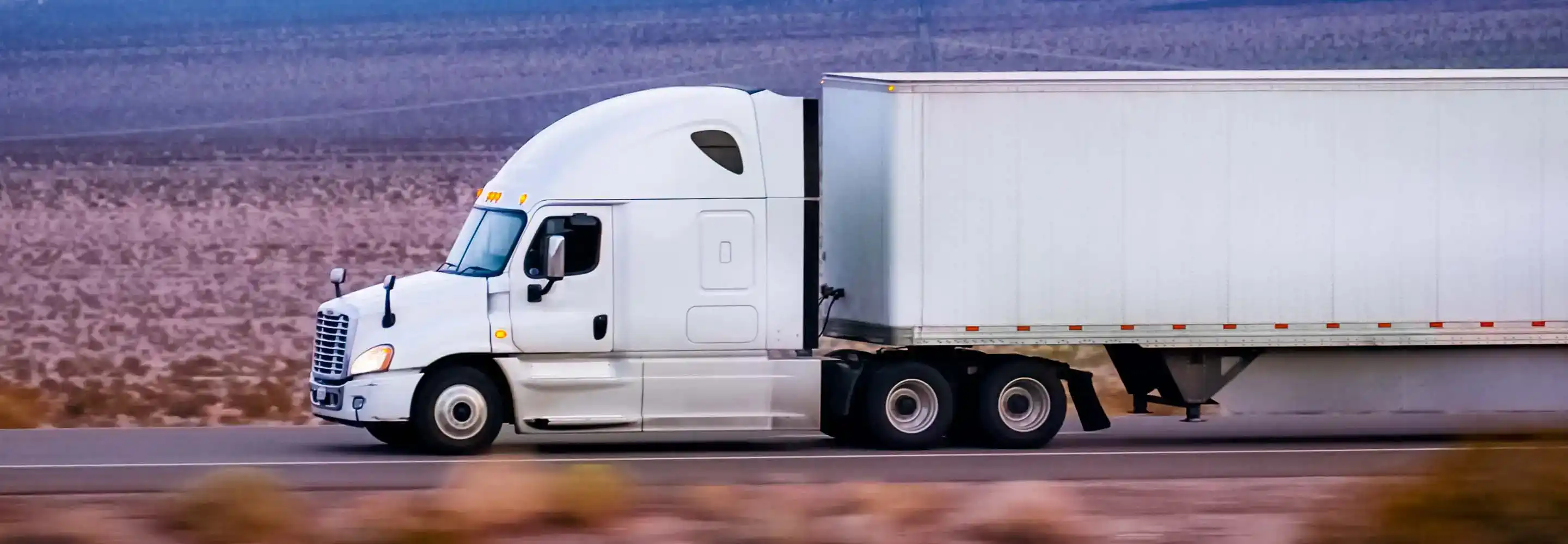
eBooks
8 problems trailer telematics solve for midsize fleets

Improving trailer visibility with actionable data
Improving trailer visibility with actionable data
You can’t measure what you can’t see. As a small or midsize fleet manager, having full visibility and control over every asset in your fleet is crucial. Not only does asset visibility impact day-to-day operations— which could be the difference between completing a trip and not—but it can also carry over into how your fleet grows in the future through utilization and resource efficiency.
At its most basic level, trailer telematics can help midsize fleet managers get more value out of their assets without investing in more labor. This is achieved by collecting and sharing vital data that can automate once-manual decisions, alert maintenance teams to issues that can be prevented, provide updates on ETAs for improved customer relations and more.
Every day, fleet managers wrestle with problems that cost them time, resources and money. In this eBook, we will dive deep into some of the most common issues that irk mid-size fleet managers and discuss how trailer telematics can help eliminate these issues—and earn more revenue.
1. Where are my trailers right now?
Knowing where cargo is at all times is a necessity, not a nicety, for a fleet’s customers. Using trailer telematics, fleet managers can track tons of valuable information, including when tractors are mobile or idle, when they’ve arrived or departed from a destination, their speed and heading, whether or not they’re tethered and more.
With this data readily available, fleet managers can easily set ETAs for each delivery, adding accountability and visibility while improving the customer relationship.
Trailer tracking can also help midsize fleet managers grow without the fear of losing track of their assets. By leveraging trailer telematics and having a centralized location to view all of your trailers, you can simplify the management of your trailers without investing in additional hands as your fleet grows.

2. Which trailers are idle at customer yards?
Having hidden trailers sitting idle in a customer yard or being used for storage adds further complication to fleet operations by confusing procurement efforts, reducing revenue gain potential and wasting trailer resources that are already in short supply.
Location data for every trailer can be viewed remotely, so fleet managers can see which trailers are idle and for how long, eliminating excessive downtime.

3. Where am I spending the most money on detention?
Detention is a real problem for fleet managers as wait times spent often go uncompensated because of little to no visibility. From a fleet safety perspective, it can also impact crash rate as drivers that are late for their deliveries due to extended time in detention will often try to make up the time difference by speeding.
Additionally, drivers will even forgo their mandatory breaks to ensure they reach their destination in time, adding to the stress of the job and impacting driver retention. Trailer telematics can help through geofencing, which can inform accurate detention billing and provide more visibility to turn times to spot inefficiency.
In addition, door sensors and idle reports can play a key role in tracking the loading and unloading process. This technology can ensure trailers aren’t sitting for any longer than necessary when in detention and help to bring them back into rotation sooner.

4. Which trailers are full or empty?
When looking at a trailer from the outside, it can be difficult to tell which can handle more cargo. Instead of manually checking each trailer, fleet managers can use camera cargo sensors to see their load capacity.
These devices can not only show visual records of a trailer’s contents with manual photo triggers but also use image recognition machine learning algorithms to determine cargo volume and loaded or unloaded status. This adds intelligence to trailer management through event-based triggers, like when a door opens or closes, while also speeding up daily operations by fitting drivers with the right trailer capacity for their job.
Cargo cameras can play a key role in intelligent routing as well. With remote visibility into trailer contents, midsize fleet managers can ensure drivers fully utilize their trailers, reducing the risk of running half-full loads or, even worse, empty ones.
5. What is the condition of the trailer cargo?
With camera cargo sensors, fleet managers can remotely take photographs inside any trailer in their fleet. This can assure that loads are secured properly, improving driver safety, and can also boost customer relations by having proof of cargo quality while trailers are in transit. Camera cargo sensors can also be useful for insurance claims (and can reduce premiums).
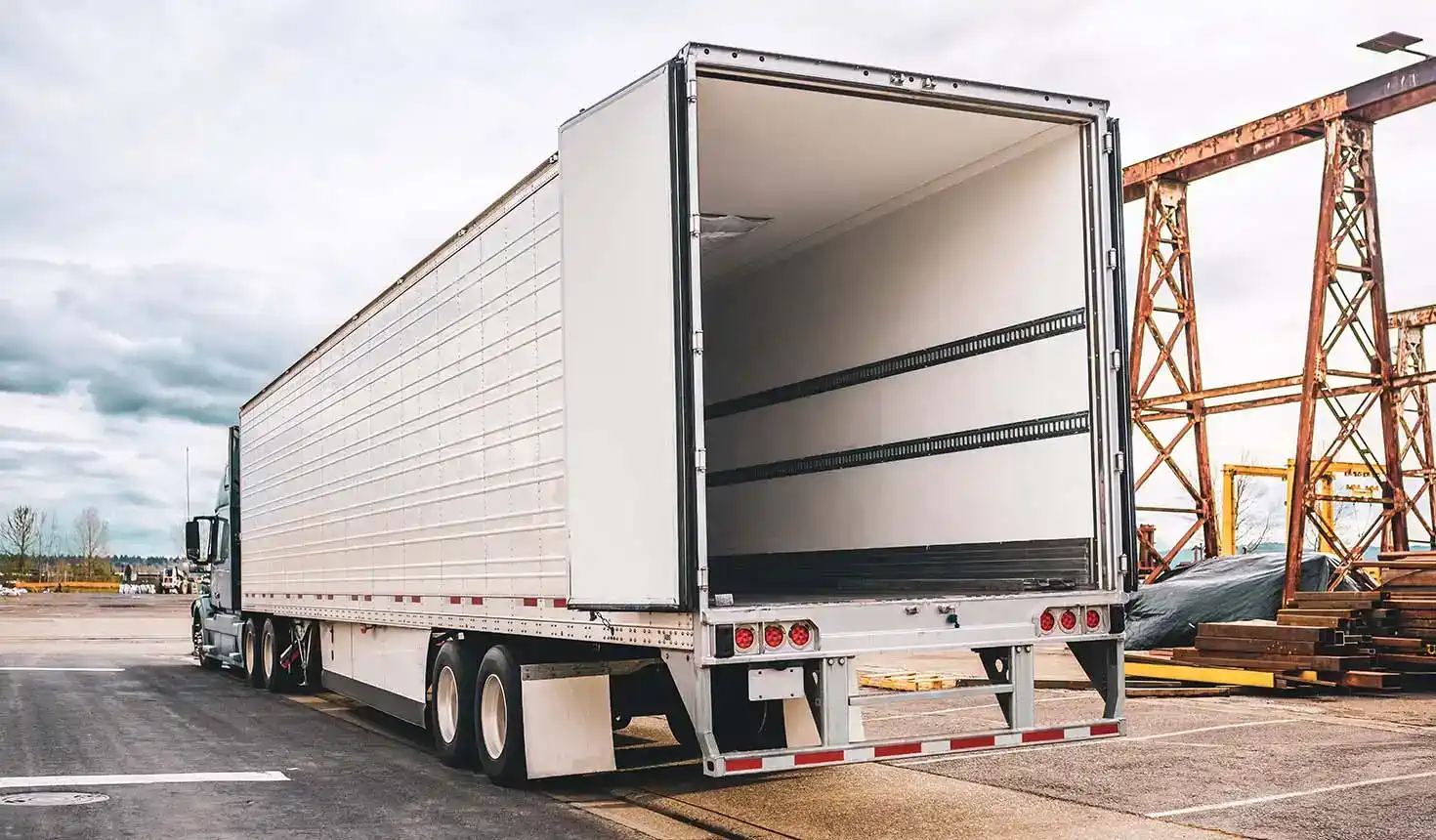
6. Are any tractors in my fleet pulling the wrong trailer?
Trucks leaving the yard hitched to the wrong trailer is a common occurrence that can have harsh consequences. It wastes time and money and can result in other drivers missing their trailers and taking other ones instead, further complicating the issue. Plus, from a customer perspective, this can mean late or missed deliveries.
With tractor ID sensors, fleet managers can validate that each trailer is attached to the right tractor in the back office rather than relying on the driver, simplifying yard management and saving valuable time.
7. How many trailers should I have in my fleet?
Before trailer tracking was a common capability, fleet managers often purchased more trailers than they needed. Instead of adding more to the rotation, simply increasing the utilization rate would have helped them meet market demand without spending capital.
By using utilization and idle reports along with location tracking, fleet managers can know how many trailers they have at their disposal at all times, which can help inform them when they need to buy or sell.
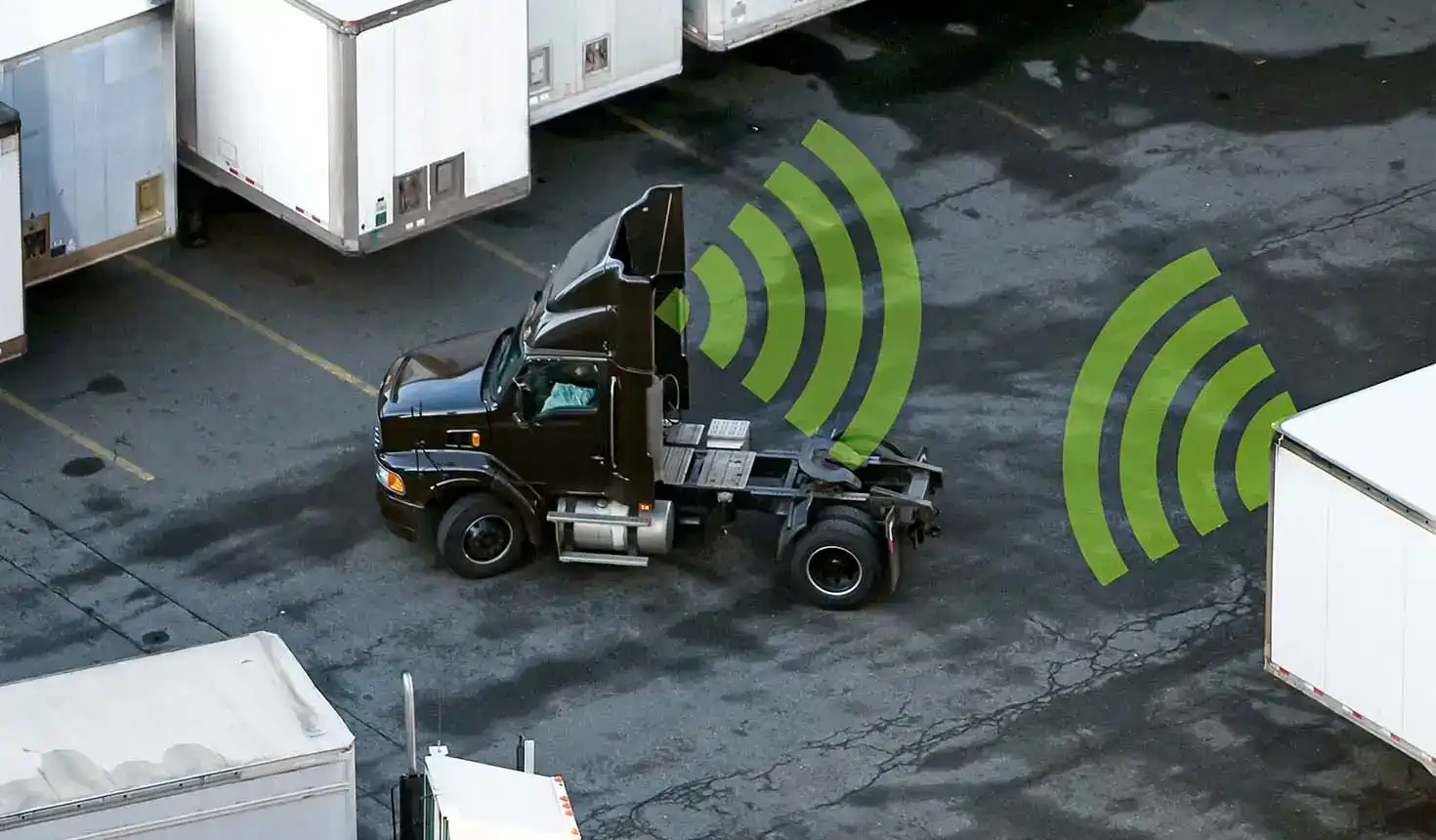
8. How can I compare data from different fleet makes and models?
Quality trailer telematics solutions can simplify the management of mixed fleets, which are those with different makes and models of both tractors and trailers.
Rather than switching from one platform to another for different information while worrying about which platform takes which data format, fleet managers can control and manage their entire operations through one centralized windowpane that is make and model agnostic.
Not only does this save time and energy, but it helps to support fleets that want to expand their business without worrying about how they’ll manage different trailer models.
The ability to effectively gather and compare all their asset data on a single platform ensures fleet managers get an accurate and complete representation of their business and enables them to collect meaningful insights to drive performance.

Simplifying fleet management with trailer telematics
Managing trailer fleets isn’t for the faint of heart. Not only does it require tons of time and money, but it can also be difficult to manage mobile assets that are, at times, carrying cargo hundreds of miles away.
Without remote asset visibility, fleet managers may be unaware if any given trailer is full or empty or if drivers are stranded on the road needing repair instead of en route to their destination.
This is why technology like trailer telematics can provide tremendous value to small and midsize fleet managers by answering these burning questions that eat away at their bottom line. By enhancing global fleet visibility, automating manual processes and generating data-driven insights, fleet managers can improve their operational efficiency, reduce unnecessary costs, regain time spent worrying about their trailers and use that time to start winning more business.
ORBCOMM trailer telematics solutions enable fleet managers to collect the crucial data that they need so they can solve some of the industry’s most pressing problems.


